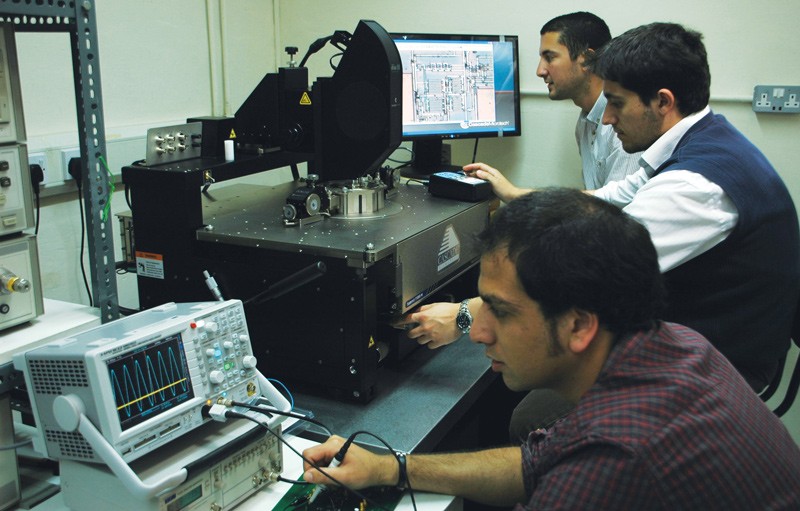In 2007, the banking sector collapsed. Today, several banks are still struggling to stand on their own two feet. To help shore them up against recurrent catastrophic collapse, the world’s top Group of Twenty economies has proposed a new set of regulations called the Basel III regulatory framework. Local analysis of this framework hints that while beneficial, it would not prevent another bust.
Governments needed to bail out banks in 2007 because banks could not pay back their loans. Banks must make sure that they maintain a ratio of capital (some form of money ranging from property to shares) to the amount of money they lend, called capital ratio. The minimum currently stands at 4% (Tier 1), meaning that banks only need to hold less than one in twenty of the money they are lending, which does not leave much of a ‘cushion’ if things go wrong. A bank’s liquidity can quickly dry up damaging other banks.
The Basel III framework introduces a new set of standards that amongst other things raises the minimum Tier 1 capital ratio to 6%. Marica Bonavia (under the supervision of Mr Michel Said) assessed the impact of the new framework on the American and European banking systems. Her work reveals how the largest American banks already conform. On the other hand, the position of European banks ranges from German banks that are raising new capital, to Swiss and British regulators who want higher capital ratios.
The dissertation suggests that the real impact of Basel III still needs to be seen and although the new regulations are a big step forward, further efforts are needed.
This research was performed as part of a Bachelor of Commerce (Honours) from the Faculty of Economics, Management and
Accountancy.




